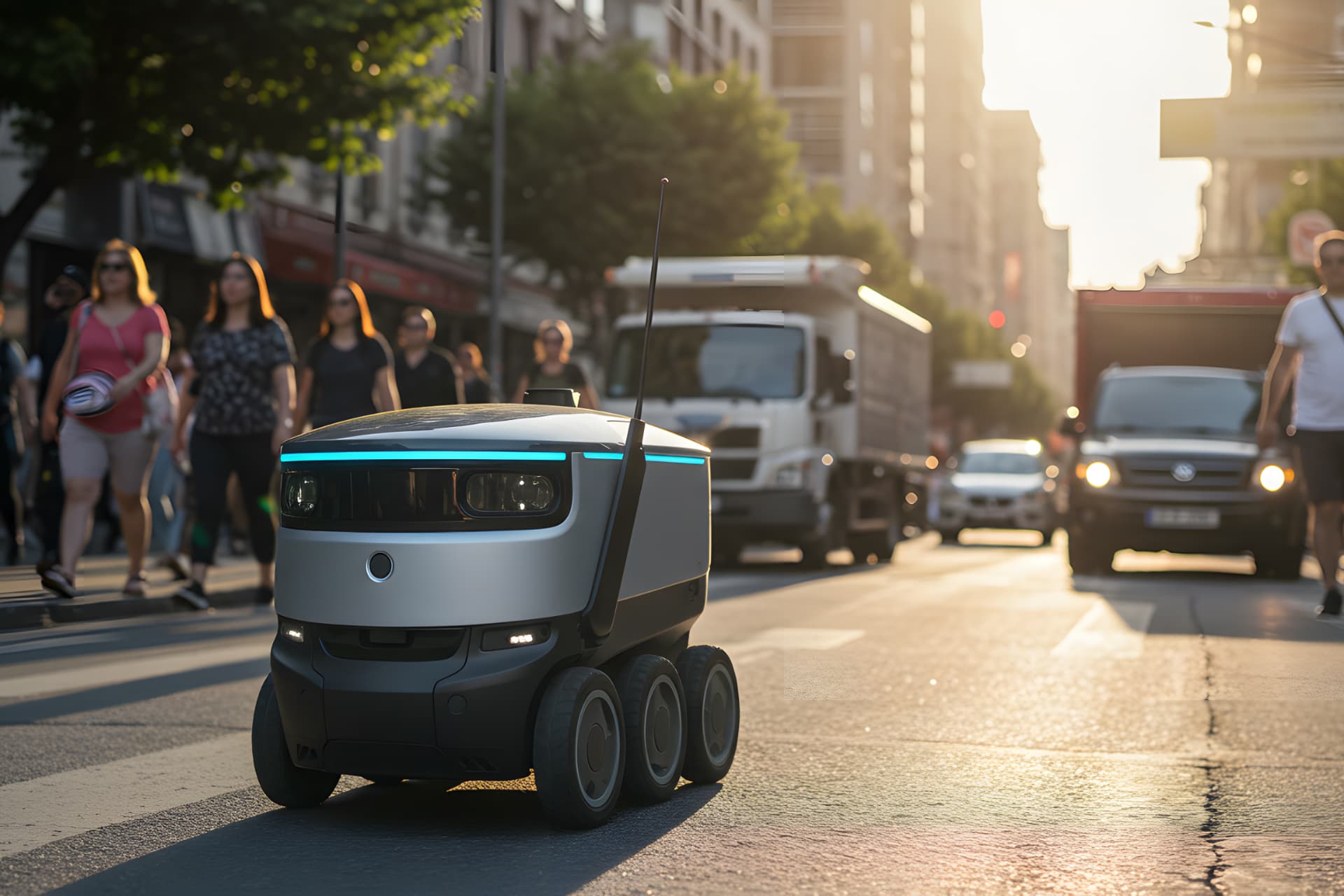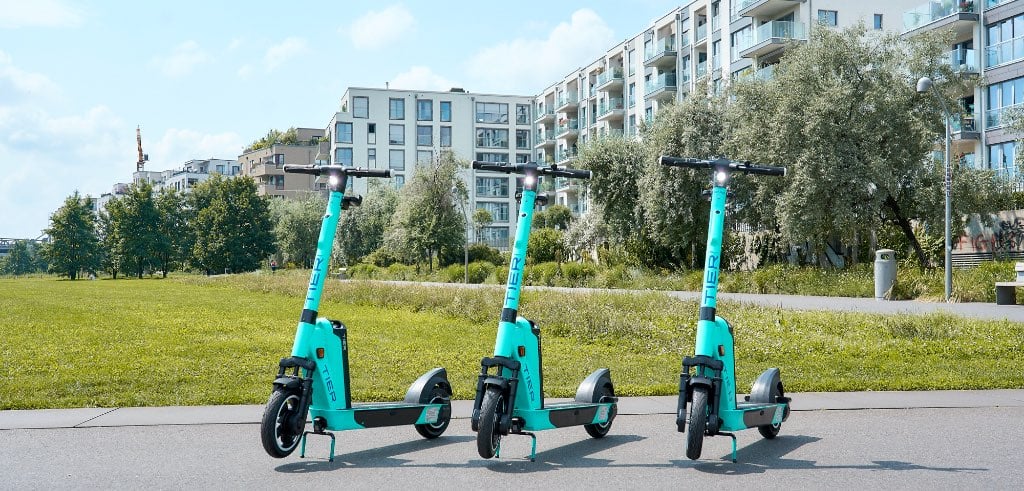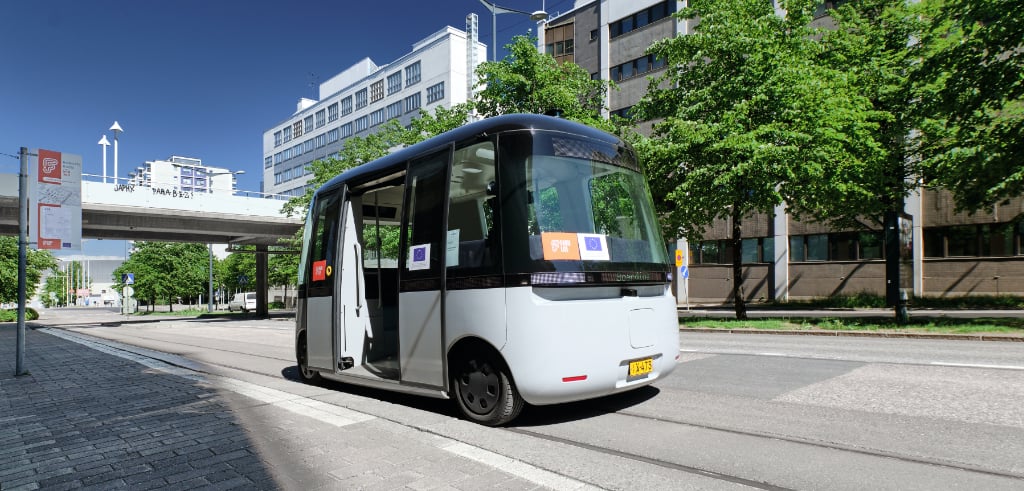
AI fostered traffic management in China
The United Nations has estimated that by 2040 almost 60% of people are living in cities across the globe and at the same time number of trucks, cars and air kilometres will double and the amount of emissions keep rising. In addition, millions of people and animals are killed in traffic – directly (accidents) and indirectly (emissions).
Solita‘s Account Director Aki Aapaoja writes about AI’s possibilities in traffic management.
Through the ages, traffic congestion has been prevented by building new roads and lanes but more than often it is a temporary cure as it triggers latent traffic aka induced traffic. It is a phenomenon where people decided to travel by car when they otherwise would not have. So basically it is about increased demand i.e., trips caused by increased supply i.e., road capacity.
In recent years, however, there has been more and more discussion that maybe data and data-driven solutions could be cost-efficient as well as long-lasting impacts on making transport greener, more adaptive, and more accessible. Being data-driven or using data doesn’t mean throwing all the existing and working traffic management procedures into the trash can but rather it is about gradual improvements alongside existing ones. Even today, 164 EB (1018) traffic data per month is generated and hence a range of potential use cases for data solutions exists.
Daunted by traffic and congestions
The challenges of transport are global but one of the worst affected countries when it comes to sustainability, congestion, and safety of transportation. Solely in China, there are more than 160 cities over 1 million people and over 254 million registered vehicles. It goes without saying that together urbanisation and motorisation as prevailing trends lead to massive adverse effects like 1500 megatons of CO2 and almost 1 million emissions-related deaths annually. In addition, the congestion is overwhelming – the average Chinese motorist loses nine days a year stuck in traffic. If nothing is done, the future of road transport does not look rosy. Doesn’t it?Data weaves traffic management together
Together with a Chinese partner, Enjoyor co., we started a joint research pilot at Hangzhou city in Zhejiang province, China. Enjoyor is a leading Chinese traffic management company having annual revenue of over 400 million euros and it is responsible for traffic management in many Chinese cities such as Hangzhou, Fuzhou and Nanchang.Hangzhou is the home of world-know Alibaba and over 13 million people are living in the metropolitan area, and it is a typical crowded city that is ranked top ten among China’s most congested cities. The first phase of the pilot aims at predicting traffic speeds in different road sections for the next 10-15 minutes in three minutes intervals by using historical data crunched with sophisticated machine learning algorithms. The pilot area consists of 309 road sections and 118 intersections while the used data includes several parameters like road topology, road section speeds, and signalling schemes. Data will be also enriched with traffic and weather incident data. The overall, long-term objective of the research pilot activities is building enabling capabilities to identify traffic phenomena e.g. congestions in advance through advanced analytics and using the information for managing and optimising traffic at a regional level. Basically, it means that different trigger points indicating the possible emergence of a traffic phenomenon should or could be identified as early as possible. The thing that makes it both interesting and challenging is the fact that issues impacting the traffic vary over time, their relations are not fixed and there are many of them. Hence, traditional management models are no longer suitable and there is a call for AI-based models which can be continuously updated or update themselves.











